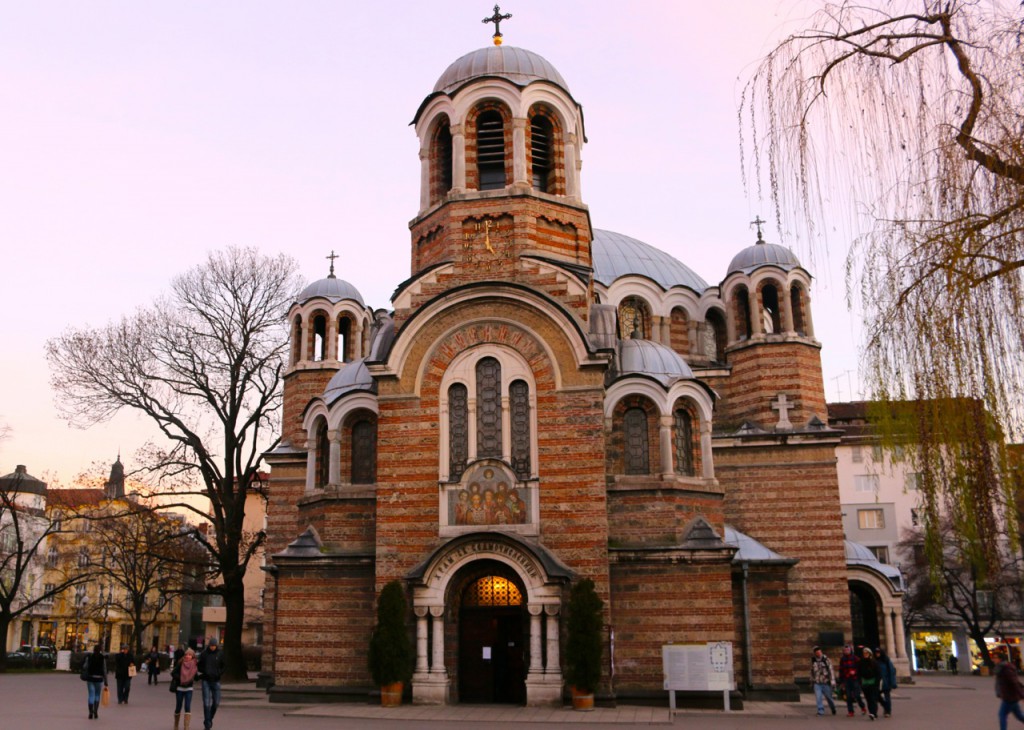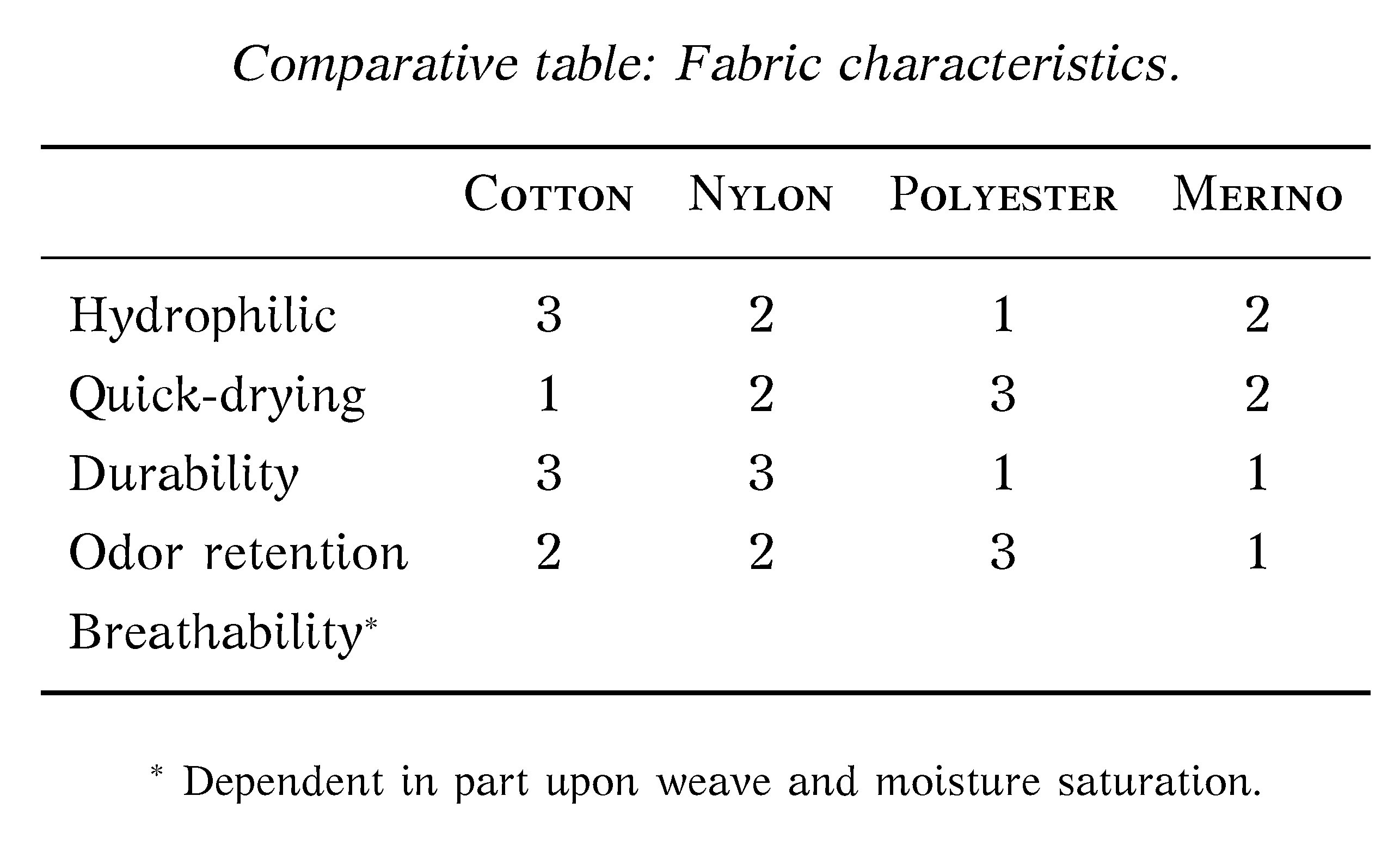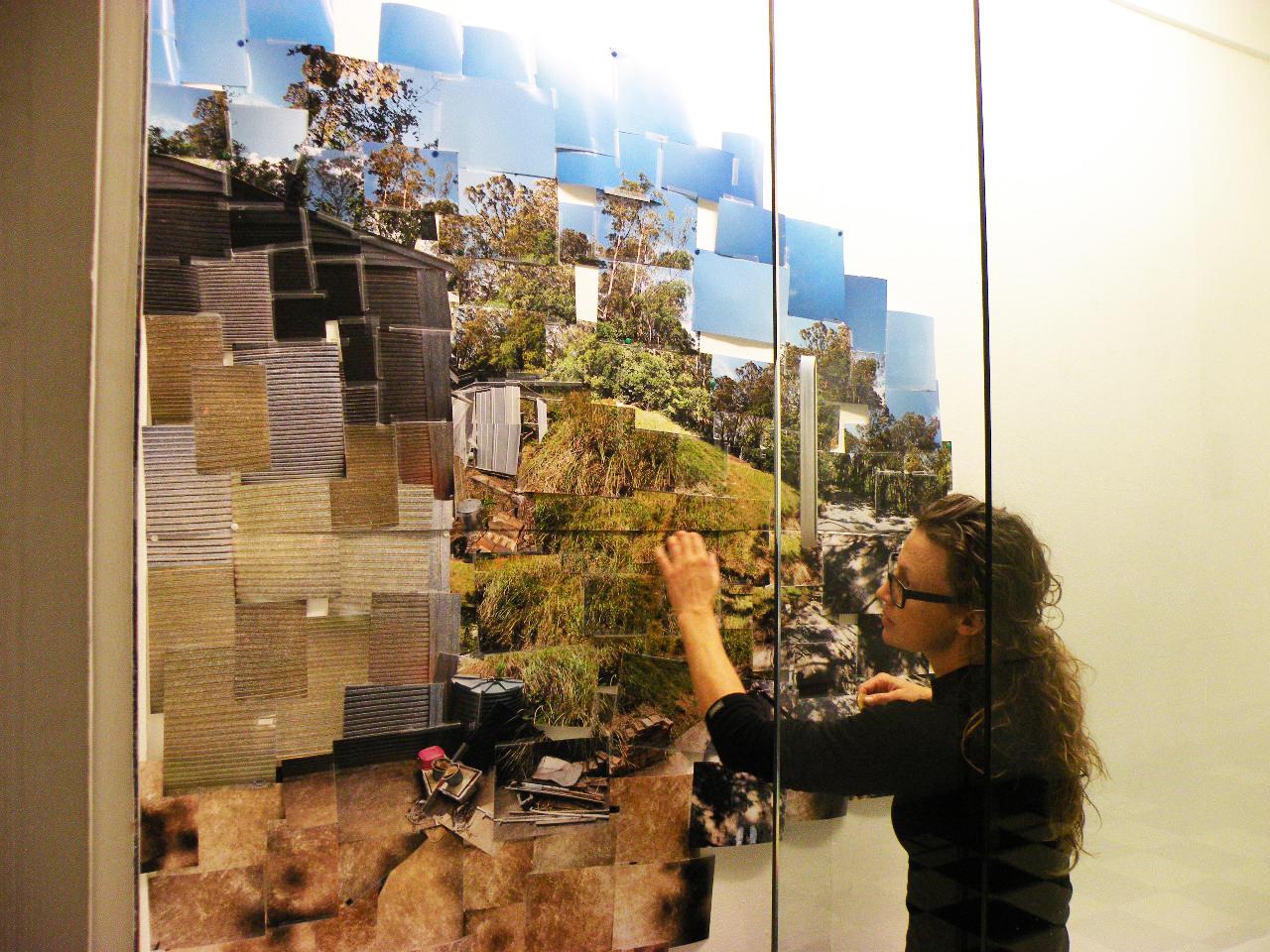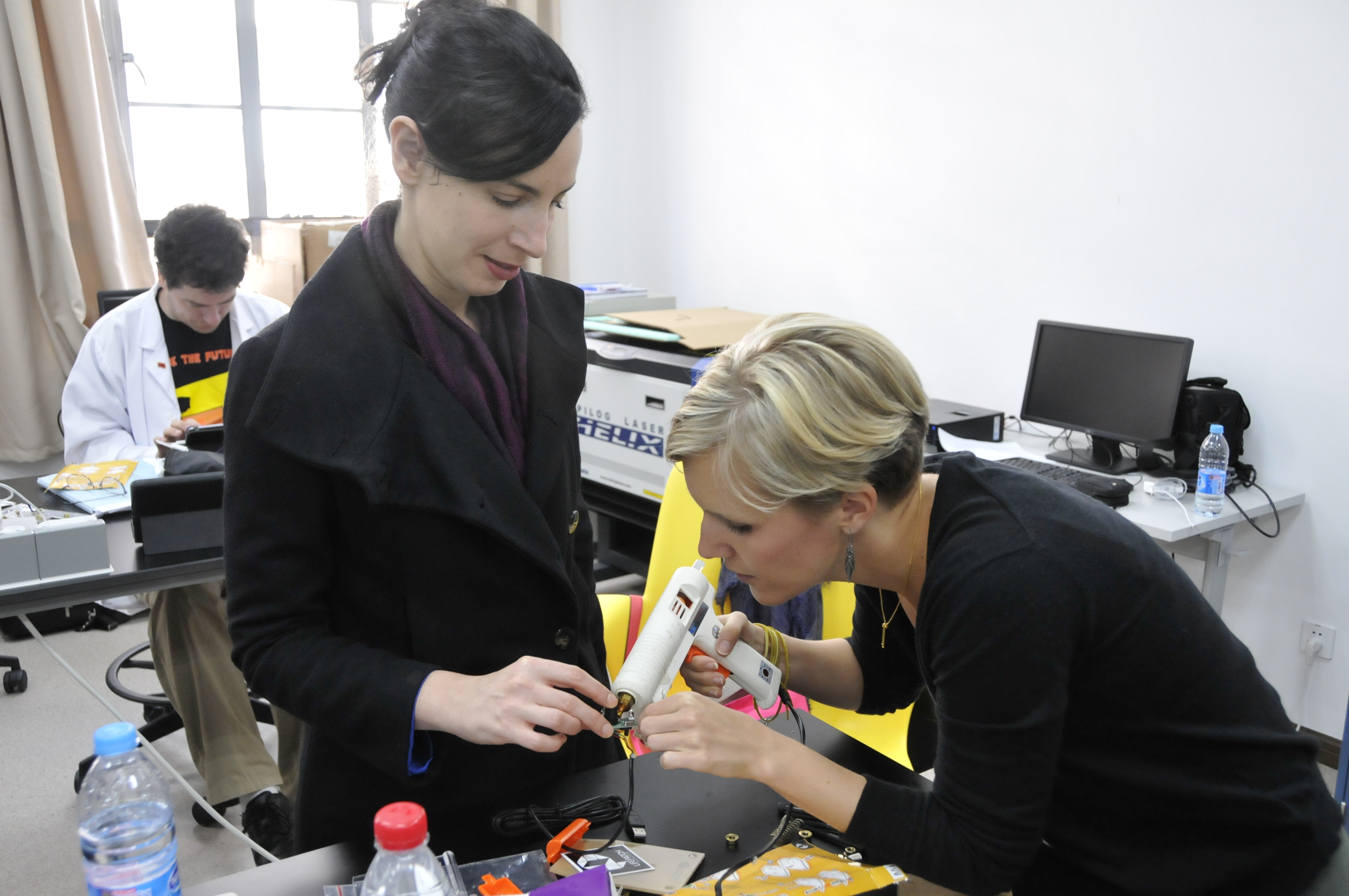[Savage Minds welcomes guest blogger Sara Perry.]
On Friday my colleague, Dr Colleen Morgan, and I will be co-delivering a paper at the University of Bradford’s Archaeologies of Media and Film conference in Bradford, UK. For anyone not familiar with the still-emerging field of “media archaeology,” this is an exciting event, featuring some of its pivotal thinkers (e.g. Jussi Parikka, Thomas Elsaesser), and a diversity of researchers discussing everything from 19th century stereoscopy to statistical diagrams and animated GIFs. As the organisers stated in their Call for Papers, the conference is a gathering of various interests, all converging on “an approach that examines or reconsiders historical media in order to illuminate, disrupt and challenge our understanding of the present and future.”
Colleen and I are talking on the last day, in the last block of parallel sessions, in a line-up of speakers who appear to be the only other archaeologists at the event. While I’ll delve into the details of “media archaeology” in a subsequent post, it is notable that archaeologists effectively never feature in this stream of enquiry. Rarely do archaeologists or heritage specialists attempt to overtly insert themselves into the media archaeological discourse (Pogacar 2014 is arguably one exception), and neither do media archaeologists typically reach out to archaeology for intellectual or methodological contributions (but see Mattern 2012, 2013; Nesselroth-Woyzbun 2013). Indeed, the media archaeological literature has explicitly distanced itself from archaeology, with the editors of one keystone volume writing:
“Media archaeology should not be confused with archaeology as a discipline. When media archaeologists claim that they are ‘excavating’ media—cultural phenomena, the word should be understood in a specific way. Industrial archaeology, for example, digs through the foundations of demolished factories, boarding-houses, and dumps, revealing clues about habits, lifestyles, economic and social stratifications, and possibly deadly diseases. Media archaeology rummages textual, visual, and auditory archives as well as collections of artifacts, emphasizing both the discursive and the material manifestations of culture. Its explorations move fluidly between disciplines…” (Huhtamo and Parikka 2011).
I’ve been curious about this trend of archaeology-free media archaeology for a while now, particularly after attending Decoding the Digital last year at the University of Rochester (see Matthew Tyler-Jones’ excellent review of the meeting in two parts: I and II). At this conference, one of the attendees with an obvious media archaeological bent lamented the difficulties of studying abandoned virtual worlds wherein direct identification of human beings was essentially impossible (for all that was left in these worlds were fleeting digital traces). The implication was that few methodologies were available to negotiate this seemingly hopeless interrogative exercise.
Continue reading →




